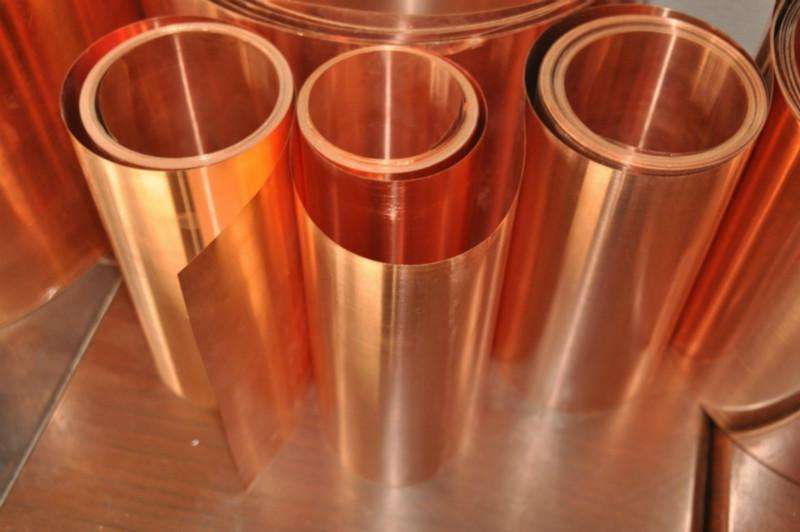Cathode copper pyrometallurgy process
Cathode copper pyrometallurgy process
Mining is the process of separating ore from waste rock. The separated ore is transported to the beneficiation plant for beneficiation. The beneficiation is the process of crushing the ore obtained from mining and screening to obtain higher-grade copper concentrate, including crushing, flotation, separation , concentration, dehydration and other steps. The ore passes through the gyratory crusher, the medium and fine crushing cone crusher for 3-stage crushing and then becomes fine particles, and then is ground into powder by the ball mill and enters the flotation cell. The separator is continuously stirred, the metal is adsorbed on the foam formed after stirring, the foam is suspended on the surface of the tank, and the metal flows into the tank on the edge of the flotation tank with the foam to be separated. The separated pulp is concentrated and filtered. , and finally form a copper concentrate. Through this process, the copper content can be increased from 0.5% of the original ore to 30% (in the dry state).
Smelting is to smelt copper concentrate into qualified anode copper, including pre-drying, flash smelting, converter blowing, anode furnace refining and anode casting. After pre-drying, the moisture of the ore is reduced to below 13%; The moisture of the ore is reduced to below 3%. The product after smelting in the flash furnace is called "matte", which is liquid, with a copper content of 50%--75%, mixed with sulfur. The product of "matte" smelted by the converter It is "blister copper" with a copper content of about 98.5%. The blister copper is refined in an anode furnace and cast through a disc casting machine to form anode copper. The appearance of anode copper is similar to that of cathode copper, but the surface lacks luster, and the thickness is generally that of cathode. 2-3 times of copper, it is the anode in the next process of electrolysis.
Electrolysis is to use the principle of oxidation-reduction reaction. The copper in the anode is electrolyzed into the electrolyte to become Cu ions. The Cu ions are positively charged and flow to the cathode, where they are enriched at the cathode, reduced to metallic copper, and adsorbed on the cathode. Anode. Generally, after 12 days of electrolysis reaction (the reaction period of the cathode), the copper on the cathode is the so-called "cathode copper". The reaction period of the anode is 24 days. The cathode copper just out of the furnace is brick red, the surface is flat and bright, and the copper The content of aluminum oxide is more than 99.95%. The anode copper contains a variety of other elements. After electrolysis, these elements are precipitated at the anode and become "anode slime". The anode slime can be treated to obtain gold, silver, crude selenium and refined tellurium, etc. By-products. Electrolyzed cathodes, also known as "starter sheets", are produced by specialized processing plants. There are three types of starter sheets: ① Made of cathode copper, which becomes part of cathode copper after electrolysis; ② Titanium plate; ③ stainless steel plate. The latter two can be reused, also known as "permanent cathode".


